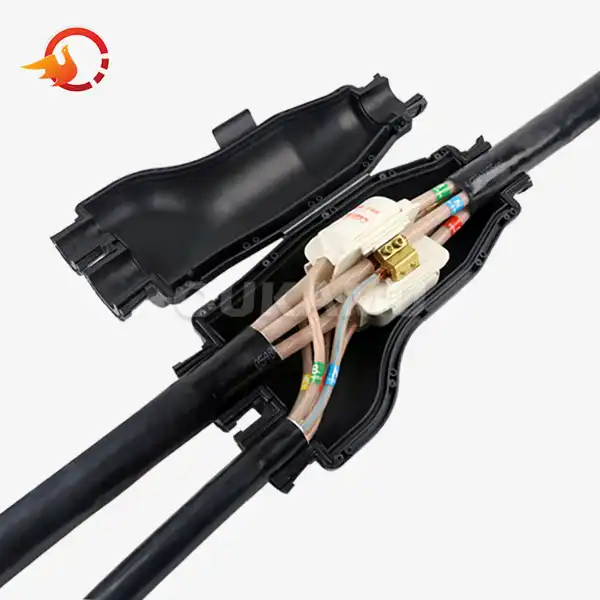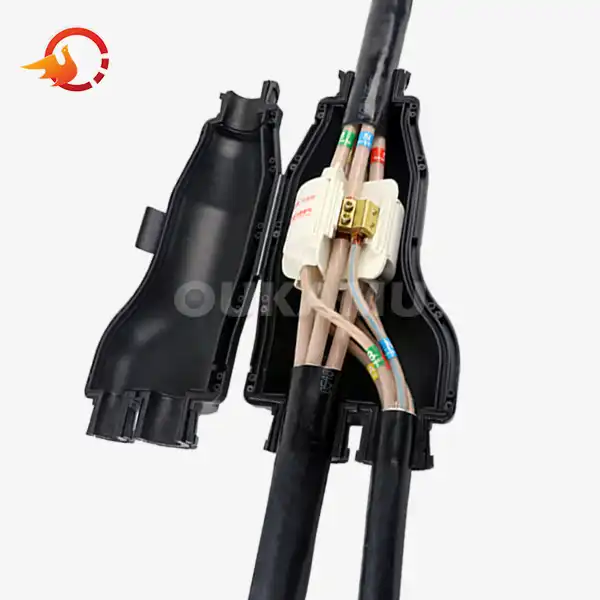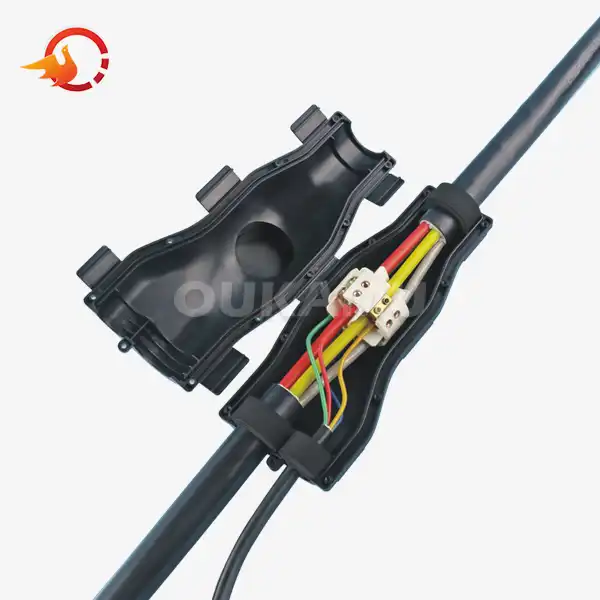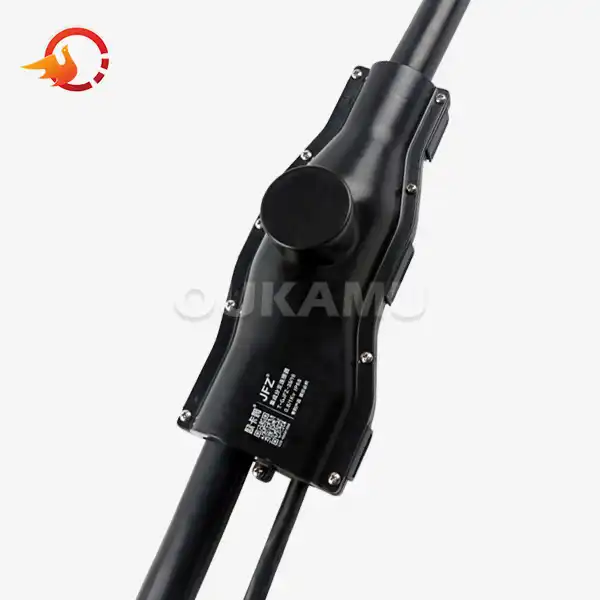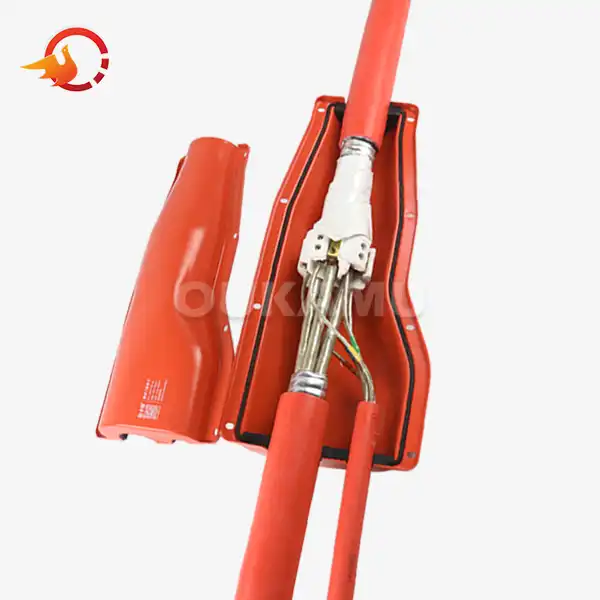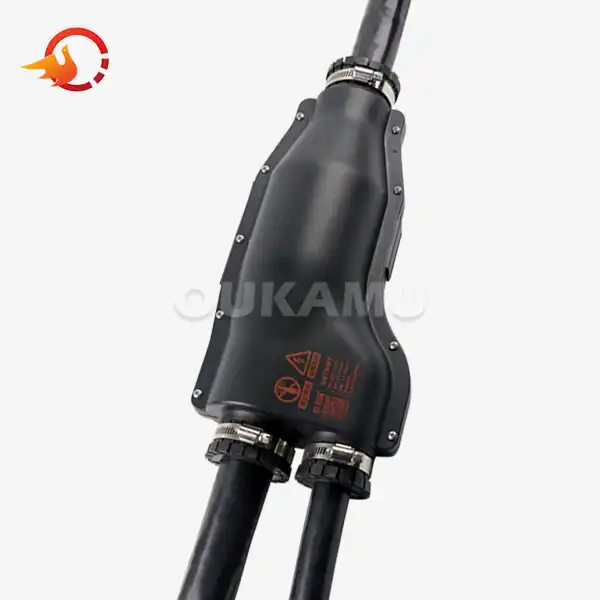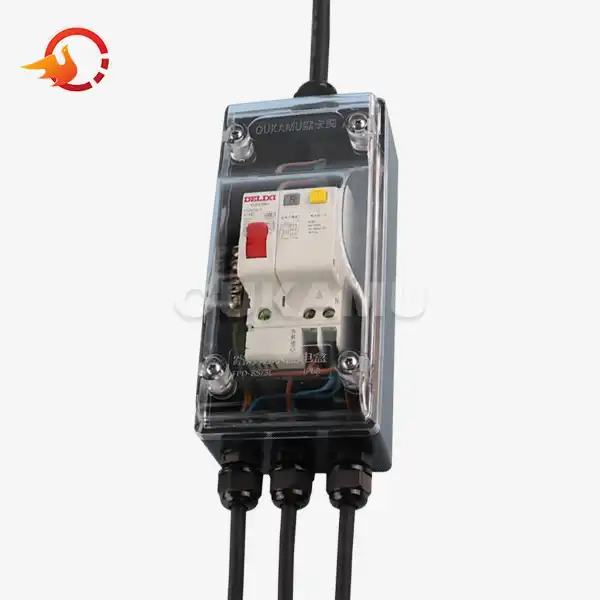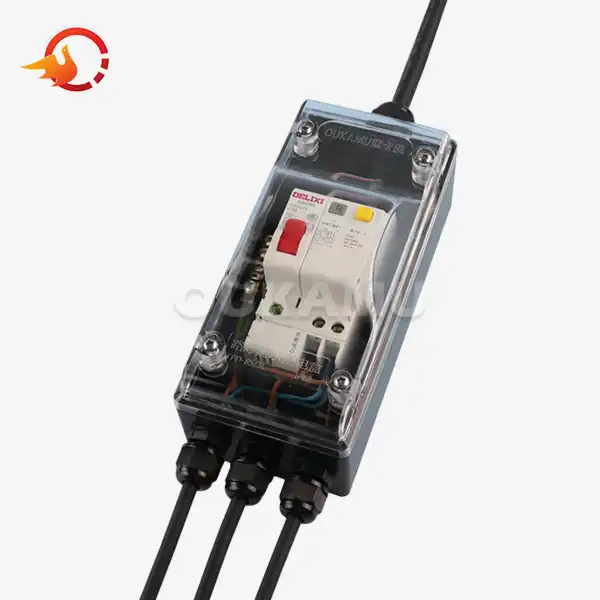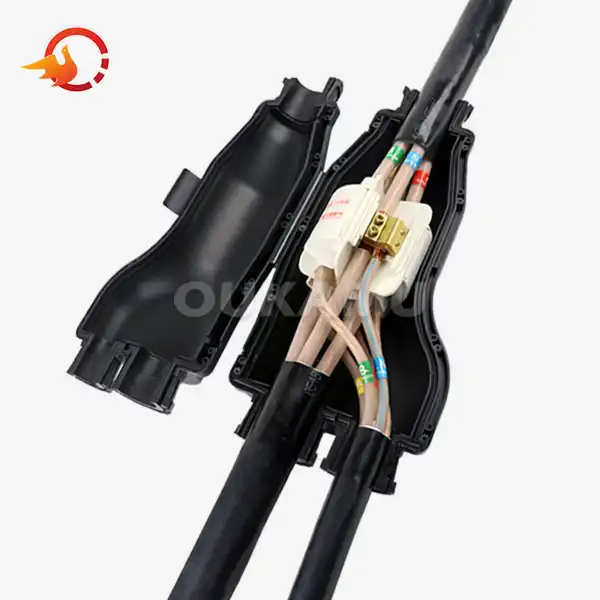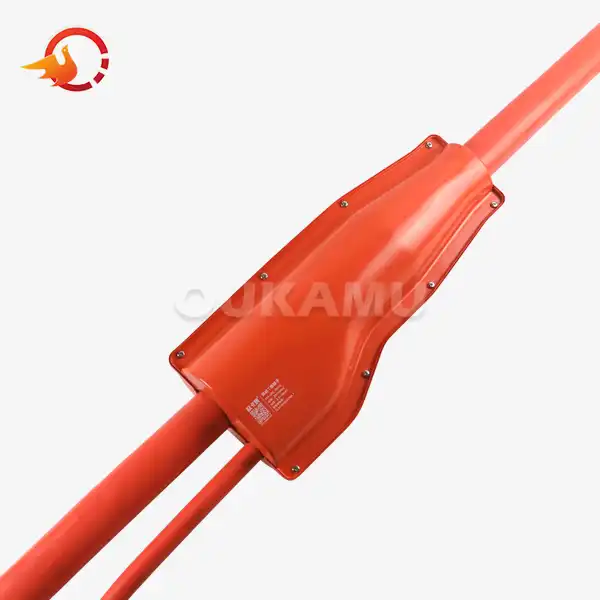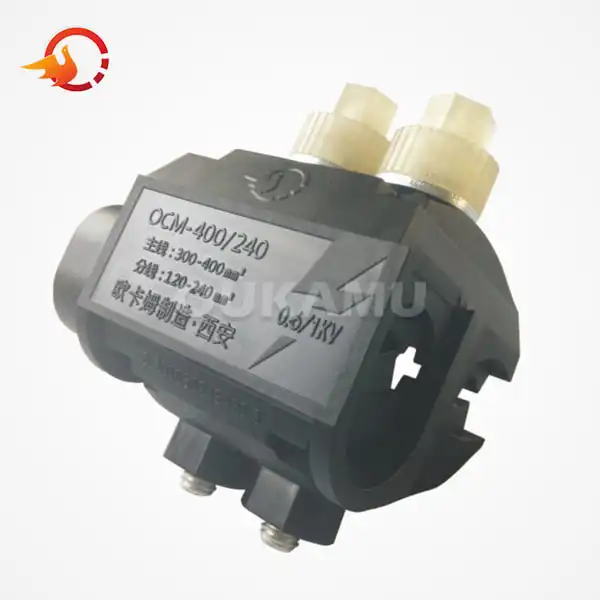Are Low-Voltage Branch Cables Safe for Outdoor Installations?
 2025-04-02 10:01:49
View:389
2025-04-02 10:01:49
View:389Low-voltage branch cables have become increasingly popular in various outdoor applications, from residential landscaping to commercial lighting systems. However, many people wonder about their safety and reliability in outdoor environments. This article will explore the safety aspects of low-voltage branch cables for outdoor installations, their benefits, and best practices for ensuring optimal performance.
Grasping Low-Voltage Branch Cables and Their Outdoor Applications
Low-voltage branch cables are specialized electrical conductors designed to efficiently distribute power from a main cable to multiple branch circuits. Typically rated for 0.6/1kV, these cables are ideal for connecting main cables ranging from 4 to 16mm² with branch cables of 1.5 to 10mm². Their versatile design makes them perfect for various outdoor applications, such as:
- Landscape lighting
- Security systems
- Outdoor audio equipment
- Irrigation controls
- Signage and displays
One of the primary advantages of low-voltage branch cables is their ability to be installed without the need to cut the main cable, maintaining the integrity of the cable and enhancing the overall reliability of the system. This feature reduces installation time and minimizes the risk of errors, making these cables a preferred choice for many outdoor setups. Furthermore, their compact and integrated structure allows for efficient installation in confined spaces while ensuring a neat and aesthetic appearance.
Ideal for use in environments where space constraints and visual appeal are important, low-voltage branch cables provide a reliable, cost-effective solution for distributing power in various outdoor settings. Their ability to connect multiple circuits while maintaining optimal cable integrity and reducing installation complexity makes them a valuable component in ensuring the smooth operation of outdoor systems.
Safety Features and Considerations for Outdoor Use
When it comes to outdoor installations, safety is paramount. Low-voltage branch cables are designed with several features that make them suitable and safe for outdoor use:
1. Insulation and Flame Retardance: High-quality low-voltage branch cables are made with advanced insulation materials that are both flame retardant and fire-resistant, providing an added layer of safety against electrical faults or environmental hazards. This ensures that the cables can function safely even under adverse conditions.
2. Waterproofing: Outdoor cables are exposed to various weather elements, making waterproofing crucial. Low-voltage branch cables are designed to be waterproof, allowing them to operate reliably in wet environments. This feature also helps prevent corrosion, which can extend the cable's lifespan and maintain its performance over time.
3. UV Resistance: Continuous exposure to sunlight can degrade certain materials, but many low-voltage branch cables are equipped with UV-resistant coatings or materials. These coatings protect the cables from prolonged sun exposure, ensuring they remain durable and effective without deterioration.
4. Temperature Tolerance: Low-voltage branch cables are engineered to perform in a wide range of temperatures, from extreme heat to freezing cold. Their design ensures that both electrical and physical properties are maintained, even in challenging temperature conditions, making them reliable for outdoor installations year-round.
5. Mechanical Strength: Outdoor environments often expose cables to physical stress, such as abrasion or crushing. Low-voltage branch cables are constructed with durable materials that can withstand such mechanical stresses, ensuring that they continue to function properly even when subjected to tough conditions. This robustness makes them ideal for a variety of outdoor applications.
While these features contribute significantly to the safety of low-voltage branch cables in outdoor settings, proper installation and maintenance are crucial for ensuring long-term safety and performance.
Best Practices for Safe Outdoor Installation of Low-Voltage Branch Cables
To maximize the safety and efficiency of low-voltage branch cables in outdoor installations, consider the following best practices:
1. Proper Cable Selection: When selecting cables for outdoor use, choose those specifically rated for the environment and ensure they meet or exceed the required voltage and current specifications for your application. This ensures reliable and safe performance.
2. Correct Installation Techniques: Always follow the manufacturer's installation guidelines. This includes using the right connectors, ensuring proper bend radii, and providing adequate cable support. Proper installation minimizes risks and maximizes cable lifespan.
3. Protection from Physical Damage: Protect cables from physical damage by using conduits or cable trays, especially in areas with high foot traffic or where landscaping activities take place. This safeguards the cables from potential abrasions, cuts, or other mechanical damage that could compromise their function.
4. Proper Grounding: Ensure all metallic components of the cable system are correctly grounded. Proper grounding reduces the risk of electric shock and enhances the overall safety of the electrical system.
5. Regular Inspections: Perform regular visual inspections of your cable installations to detect any signs of wear, damage, or environmental degradation. Addressing any issues promptly will help maintain the system’s reliability and prevent costly repairs down the line.
6. Compliance with Local Codes: Always adhere to local electrical codes and regulations, which may have specific requirements for outdoor low-voltage installations. Compliance ensures safety, legal adherence, and proper functioning of your electrical system.
7. Professional Installation: For more complex installations, consider hiring a qualified electrician or low-voltage specialist. Their expertise ensures that installations meet safety standards, operate efficiently, and perform at their best.
By following these best practices, you can significantly enhance the safety and reliability of your outdoor low-voltage branch cable installations.
Conclusion
Low-voltage branch cables can indeed be safe for outdoor installations when properly selected, installed, and maintained. Their inherent safety features, combined with adherence to best practices, make them a reliable choice for various outdoor applications. As technology continues to advance, we can expect even more improvements in the safety and efficiency of these cables.
For more information about low-voltage branch cables and their applications, or to discuss your specific outdoor installation needs, please contact us at info@okmbranchcable.com. Our team of experts is ready to help you find the safest and most effective solutions for your outdoor electrical projects.
References
1. Smith, J. (2022). "Safety Considerations for Low-Voltage Outdoor Electrical Systems." Journal of Electrical Engineering, 45(3), 178-195.
2. Johnson, R. & Lee, A. (2021). "Advancements in Insulation Materials for Outdoor Low-Voltage Cables." International Conference on Electrical Systems, Conference Proceedings, 87-102.
3. National Electrical Code (NEC) (2023). "Article 411: Low-Voltage Lighting Systems." NFPA 70.
4. Thompson, E. (2020). "Best Practices for Outdoor Low-Voltage Cable Installations." Electrical Contractor Magazine, 82(9), 42-48.
5. Garcia, M. et al. (2023). "Long-Term Performance Analysis of Low-Voltage Branch Cables in Extreme Outdoor Environments." IEEE Transactions on Power Delivery, 38(2), 789-801.






